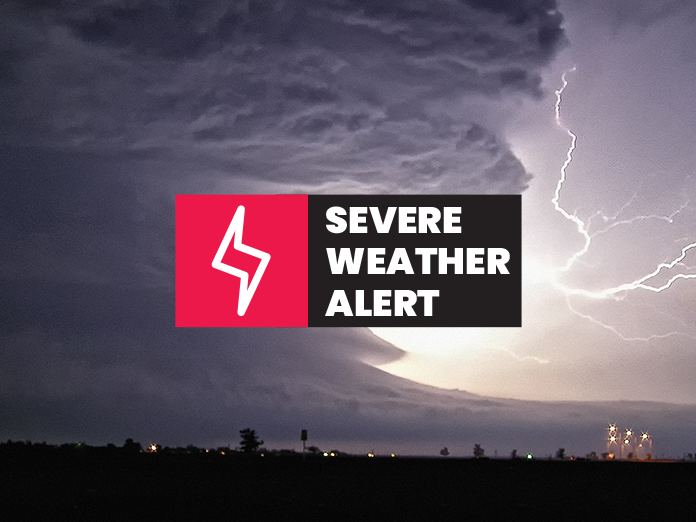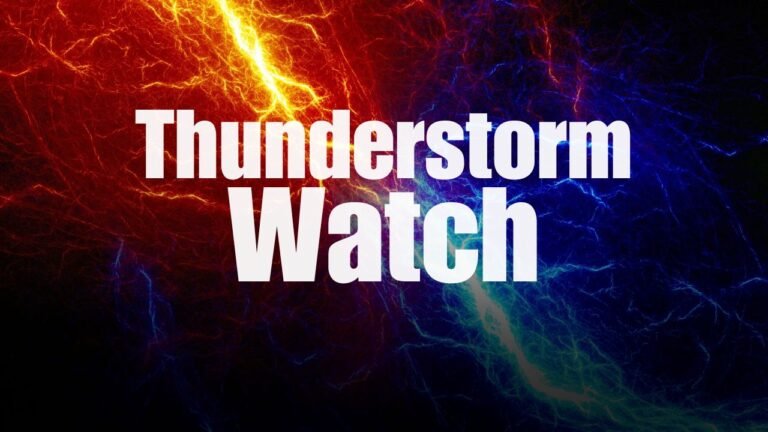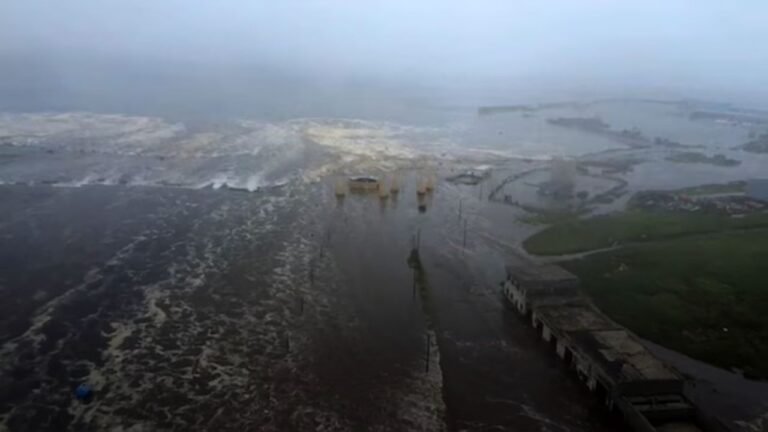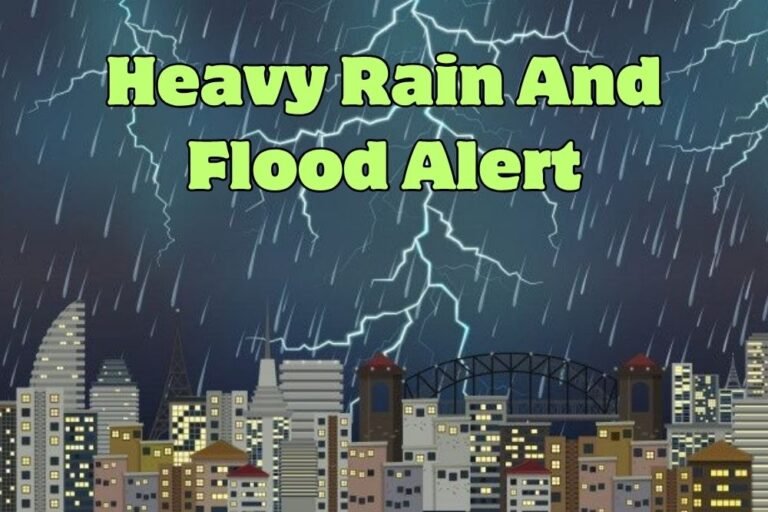North Carolina Weather Alert: Strong Winds, Thunderstorms Expected Tuesday Night
NORTH CAROLINA — A severe weather alert has been issued for multiple counties in North Carolina, with the National Weather Service (NWS) warning of strong thunderstorms and wind gusts reaching up to 50 mph Tuesday night.
The warning affects residents in Alexander, Iredell, Davie, and Rowan counties, where radar tracked a cluster of storms moving northeast at approximately 25 mph around 9:13 p.m., according to the Charlotte Observer.
Storm Threat Includes High Winds and Lightning
Gusty winds are expected to knock down tree limbs and potentially blow around unsecured objects. The NWS warned that frequent cloud-to-ground lightning is occurring with these storms, posing a threat even to those located up to 10 miles away from the storm center.
Communities expected to be impacted include:
-
Statesville
-
Mocksville
-
Taylorsville
-
Troutman
-
Stony Point
-
Cooleemee
-
Cleveland
-
Harmony
-
Love Valley
-
Hiddenite
Officials urged anyone outdoors to seek shelter indoors or inside a vehicle as a safety precaution.
NWS Safety Guidelines for Thunderstorms
To reduce the risk of injury during severe weather:
-
Have a plan for shelter before going outside.
-
Go indoors if thunder becomes audible.
-
Avoid contact with corded phones, electrical equipment, plumbing, and windows.
-
Wait at least 30 minutes after the last thunderclap before heading back outside.
For those unable to reach shelter:
-
Stay away from open fields, ridges, or tall isolated trees.
-
Camp in lower areas like valleys or ravines, but note tents offer no lightning protection.
-
Avoid water and metal objects, which conduct electricity effectively.
Tips for Driving During Storm Conditions
Drivers are also being advised to prepare for reduced visibility and potentially flooded roads. Safety tips include:
-
Turn on headlights, even during daylight.
-
Stay in the middle lanes to avoid water pooling.
-
Avoid large puddles, which can cause hydroplaning.
-
Do not tailgate trucks or buses that create water spray.
-
If roads are flooded, turn around instead of driving through.
Understanding Hydroplaning and How to React
Hydroplaning occurs when tires lose traction and glide over a thin layer of water, causing drivers to lose control. Risk factors include:
-
Speed
-
Water depth
-
Tire tread wear
If hydroplaning occurs:
-
Ease off the accelerator.
-
Turn into the skid to regain alignment.
-
Wait for tire traction to return, then straighten the wheel.
-
Brake gently — use anti-lock brakes normally or pump brakes in older vehicles.
Have you experienced unexpected flooding or wind damage during past North Carolina storms? Share your safety tips or stories with the Saluda Standard-Sentinel community in the comments below.







